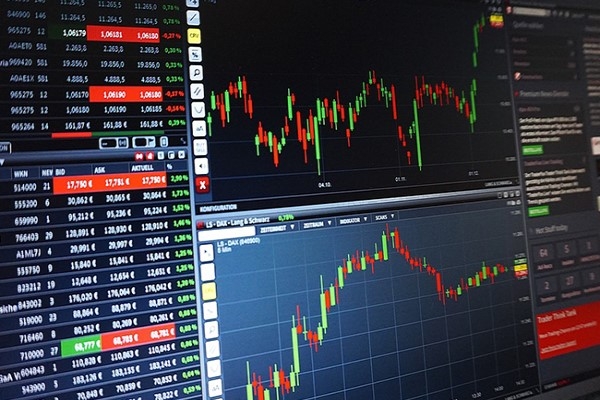
The reference in the MPC statement in october has brought almost all economists to the same point for the november meeting. According to the consensus forecast and in our opinion, the CBRT will make another 150 bps rate cut tomorrow and will probably end the second round of the easing cycle. Such interest rate cuts, which are expected to put great pressure on the lira under normal conditions, will probably not have much effect on the decreasing volatility together with the fine-tuning measures for the foreign currency.

Turkish real interest rates are heading towards new lows… Source: Bloomberg
The Central Bank of the Republic of Turkey cut the policy rate to 10.50% by cutting the interest rate by 350 basis points in its last three meetings. We expect the bank to signal the end of the easing cycle after the CBRT lowered the policy rate to single digits at 9% under the guidance in October. Thus, in the 2021/22 model easing cycle, a total easing of 500 bps will be realized in the second round, similar to the first round, and the total easing will reach 1000 bps. After the rate cuts initiated by the Central Bank from 19% in September 2021, inflation has reached 85.5% as of October 2022 within a period of approximately one year, which is nearly 16 times the Central Bank's broad perspective target. The policy rate adjusted for inflation is by far the lowest level among peer countries at -75% in this rate and inflation environment.
Falling interest rates also put the lira in the second-worst-performing position to date from the start of the year among leading emerging market peers. Despite the CBRT's interventions since last year, there is a currency that has depreciated by 28.5% against the dollar. The rate cut in November will likely no longer have a marginal impact on the lira and inflation. In the middle of 2023, inflation may fall to the 40-45% band. Afterwards, we think inflation will remain stubbornly and firmly high, and loose monetary and fiscal policies may slow the decline in inflation.
Despite the negative impact of the geopolitical risk environment on economic activity, the global monetary policy trend is currently to tighten financial conditions against the inflation effect of the same conditions. In this context, inflation expectations and rate hikes by developed country central banks constitute the global monetary policy trend. The Central Bank, on the other hand, does not signal a return to its orthodox monetary policy and rate hikes despite the challenging conditions. Market participants will expect a distinction between the new economic perspective and generally accepted economic policies in the upcoming period, and will try to direct their forecasts for the future period based on these variables and possibilities.
Kaynak: Tera Yatırım-Enver Erkan
Hibya Haber Ajansı

Veri politikasındaki amaçlarla sınırlı ve mevzuata uygun şekilde çerez konumlandırmaktayız. Detaylar için veri politikamızı inceleyebilirsiniz.